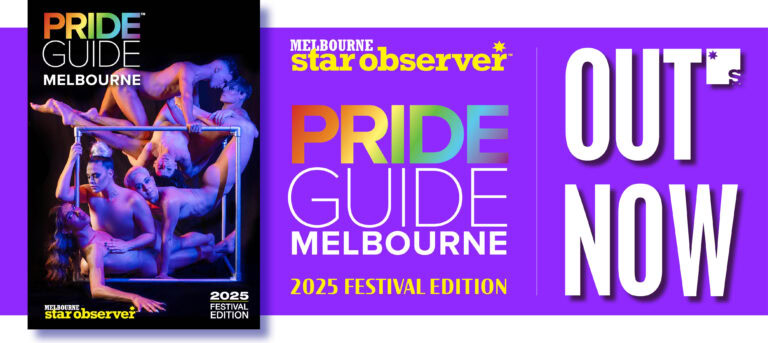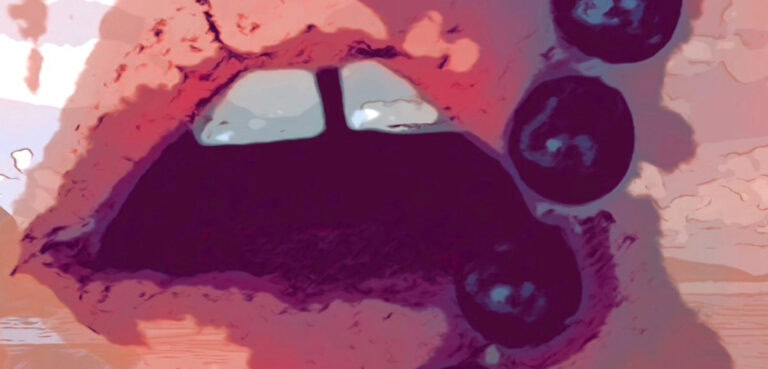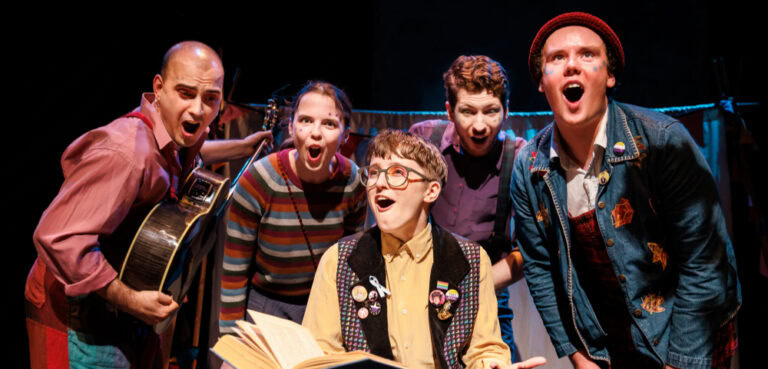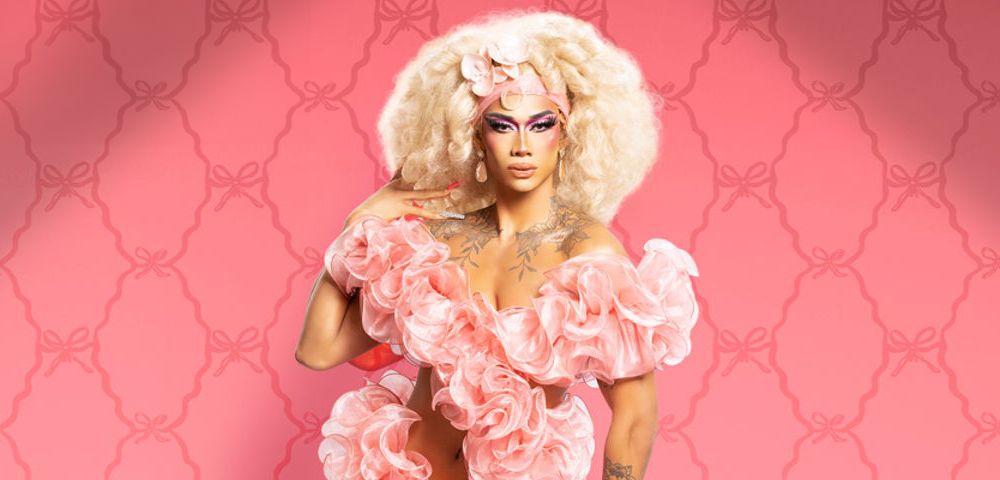
Labels -˜of no interest to youth’
The terms -˜gay’ and -˜straight’ are becoming increasingly irrelevant to young people, according to a recent study of secondary students and their sexual habits.
Young people are increasingly identifying a sense of sexual fluidity or questioning, according to the results of the Secondary Students and Sexual Health survey released by La Trobe University.
According to the survey of students in years 10, 11 and 12, the number who identify as exclusively gay has fallen by 2 percent since 2002, while the number who are attracted to both sexes has risen by 1.4 percent and the number questioning rose marginally.
Boys in particular were becoming more comfortable with reporting their bisexuality, with 5.1 percent reporting an attraction to both sexes in 2008, compared to 2.3 percent in 2002. The likelihood for young men that they’d had a sexual encounter with someone of the same sex also rose from 2 percent to 8 percent.
The figures are indicative of the questions being raised by young people accessing Twenty10, according to its director Rebecca Reynolds.
I think that fits in with what we hear young people talk about -” that it’s not about people identifying themselves one way or the other, it’s about exploring the options and not putting labels on it, she said.
For people to be talking about a general sexual diversity, that is good and it means we are starting to do things right and there are places being created where young people can feel safe to explore those things.
Definitely more people are coming to us to ask about those questions and to ask if they have to identify as gay or they have to identify as a lesbian, or if it’s OK to be attracted to sometimes boys, sometimes girls. All of that labelling type of stuff.
I think young people -” and it might be to do with the internet -” are so much more in touch with it. I don’t know if it’s new, but it’s reaching this critical mass where there’s this level of empowerment from the internet and all of those communities you can exist in, so that fluidity is OK and people are starting to develop a language about it. It’s new in the sense that we don’t have the words yet to deal with it.










What is a same sex encounter? Possibly just the same thing it was for year 12 students decades ago, today’s young people maybe just label what they experience differently. Could this be to avoid labelling and nothing to do with sexuality at all??? But of course nobody did this kind of research back then and memories are unreliable.
To find that young people define their realities differently to those who have gone before is hardly to find the unexpected.
Does any of this research advance us in understanding the need to accept the challenge to help young people work through their own identity?
I don’t think the young man shouting at me from a car window as I walked up Enmore Road a few years ago rejected labelling. He seemed very concerned about helping me out with my sexual identity. I would also suggest he would have been very comfortable with the term ‘straight’ to describe his own sexual identity. And I wouldn’t be prepared to argue.
I don’t think in real terms, the number of exclusively gay men is falling.
Rather I would say, what it shows is that those who fall on the gay side of bisexual, but still feel some level of attraction to women, are now more comfortable admitting that potential- as prior to the gay and straight communities becoming more integrated, they would have feared being ostracised or viewed with suspicion in the same way that open bisexuals often have been by many exclusively gay men and lesbians on the scene.
Rather this survey is a good piece of research indicating the percentage of people in the community who will benefit from our receiving full and final equality and the elimination of homophobia in this country.
Having read the survey, it finds that nearly 8 percent of males in year 12’s most recent sexual encounter was with a partner of the same sex, and nearly the same for year 10 males. For girls it’s sitting consistently at just under 4 percent.
That means that about six percent of the population are same sex attracted enough to put those feelings into practice, similar to the number of people that the UK Government thought would be able to benefit from the introduction of civil unions when it was preparing research into them.
That would also put the number of GLBT people in this country at around 1,200,000- not an insignificant force to be reckoned with.
The number who identify as exclusively gay has fallen by 2 percent since 2002, Now I actually believe this is a bad thing as it could mean gay teens are ashamed of being gay. I realise some people are bisexual but I would still have thought the number of gay teens identifying as gay would have increased since 2002. I also don’t believe gay is a label – its who you are.